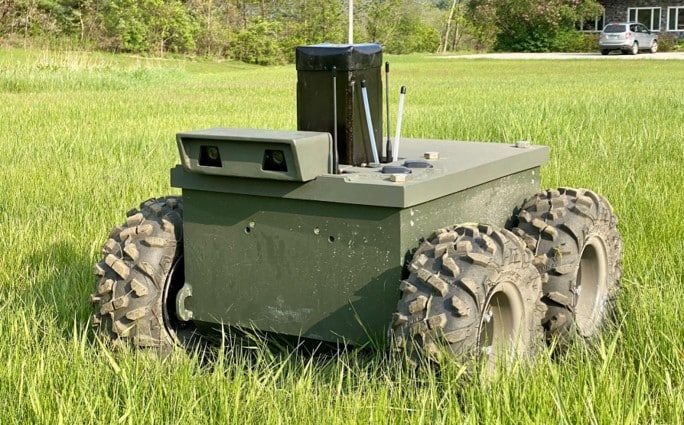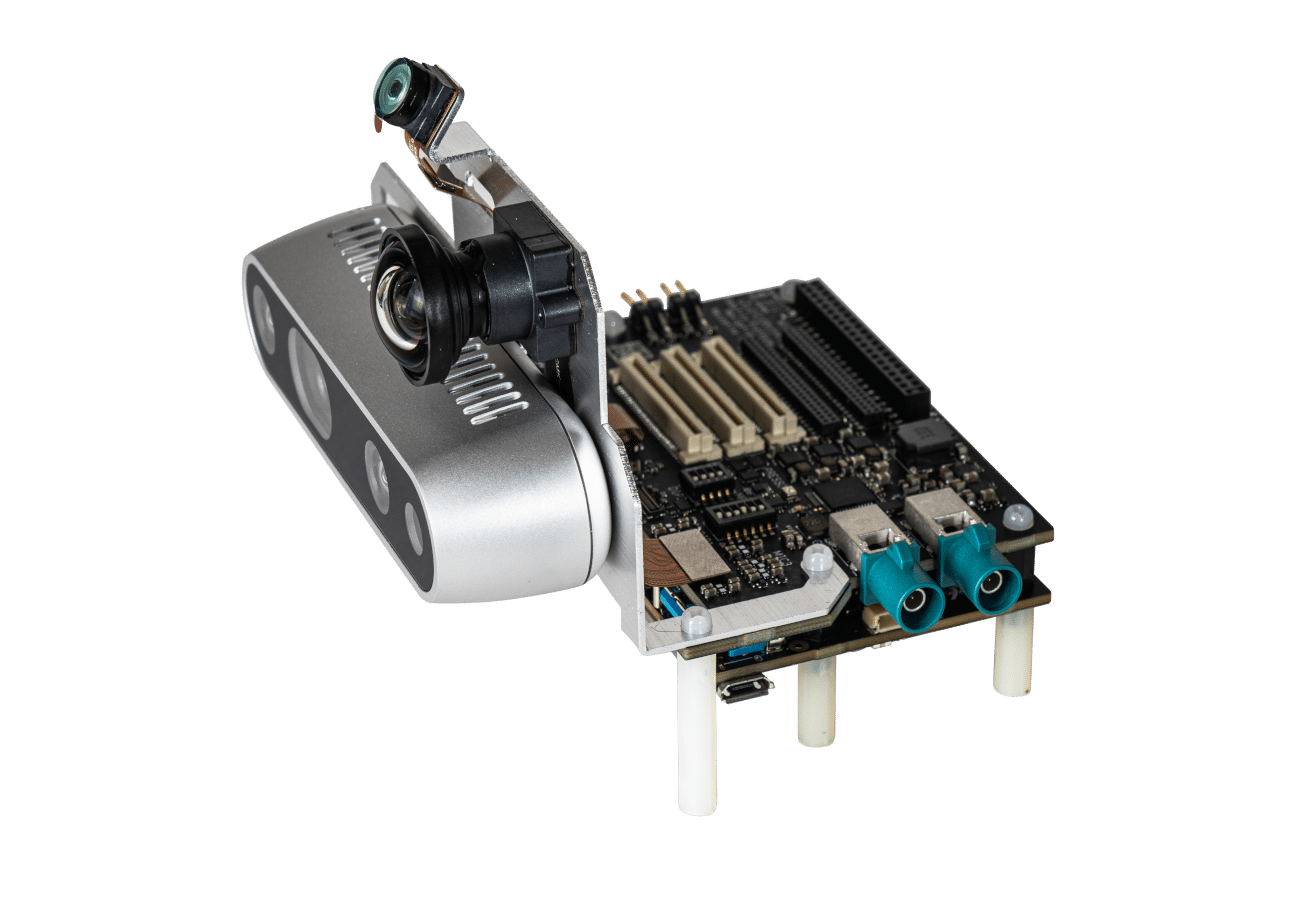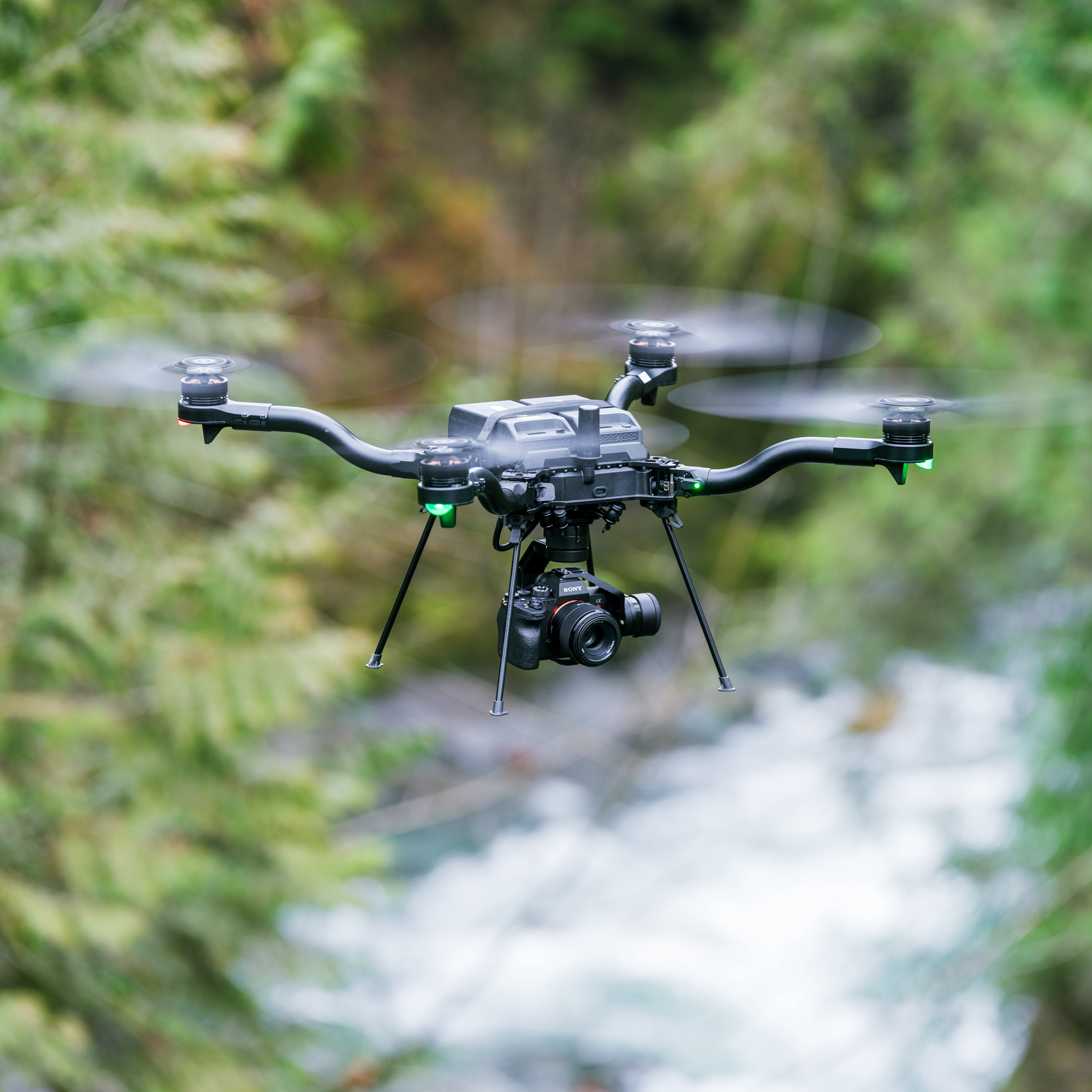Featured
Video: Drone anti-jamming at Tough Stump Rodeo
Recent
-
AllBlogNewsUncategorizedWhitepaper
Watch this field demonstration at Tough Stump Rodeo 2024 in Alder, Montana to see how Sense enables a drone platform to maintain a resilient datalink in the face of active, intentional jamming.
Our Helix lineup of Mesh Rider Radios is designed specifically for military use-cases, packing up to six federal frequency bands into a single radio and offering four use-case optimized form-factors for all manner of tactical, multi-domain operations.
The “June 2024 Web GUI Release” introduces an overhaul to the Web GUI, improvements to anti-jamming and interference-avoidance suite Sense and other key improvements and bug fixes for Doodle Labs’ Mesh Rider Radios.
RF jamming of drones has become one of the most common warfare tactics in Ukraine. But what is it, how does it work and how can it be handled?
Corona Fire Department’s search-and-rescue simulation exercise illustrates how a resilient mesh, multi-domain, mobile ad-hoc network is vital to achieve the speed and safety promised by situational awareness tools like TAK.
First-ever drone scan of Sequoia National Park’s General Sherman seeks to identify and document effects of bark beetles, climate change.
Use of Wearable Mesh Rider Radios ensures connectivity, situational awareness and speed of response in rugged, disconnected environment.
HEKTR 3.4 Trackless Mobile Infantry Target (TMIT) combines enhanced downrange connectivity with higher levels of autonomy and Artificial Intelligence.
Teal systems with Doodle Labs frequency-hopping radios can evade jamming attempts and are usable in multi-domain environments for surveillance and swarming operations.
When integrated in the same robotic platform, the combined capabilities of Qualcomm’s RB5 platform and Doodle Labs radios provide unmatched compute and processing power and a resilient, reliable datalink for peak mobile robotic performance in the field.
Companies to showcase new platform, interference-avoidance technology at Xponential 2024 in San Diego and SOF Week in Tampa.
New modular, tiny, NDAA-compliant drone platform fills gap for DoD and other tactical teams for ISR to be showcased at Xponential 2024
Companies to showcase new platform, interference-avoidance technology at Xponential 2024 in San Diego and SOF Week in Tampa.
New drone platform tailored for US Government, DoD and Enterprise use-cases; Companies to showcase Astro at AUVSI Xponential 2024 in San Diego.
Want to Learn More?
Speak with our technical sales team to discuss your unique application requirements and find the best communication solution to meet your needs.














